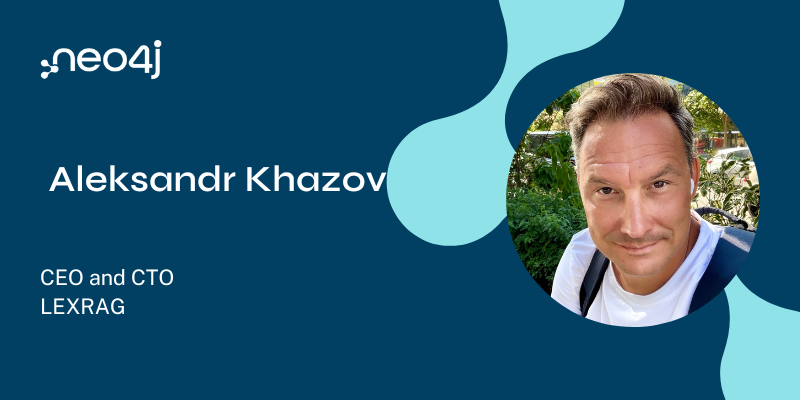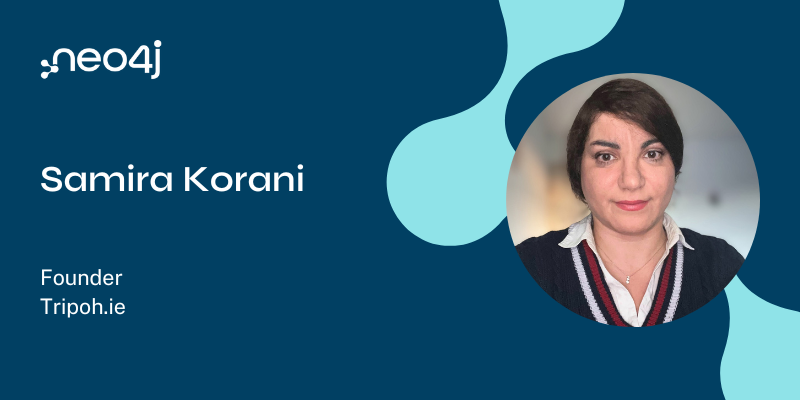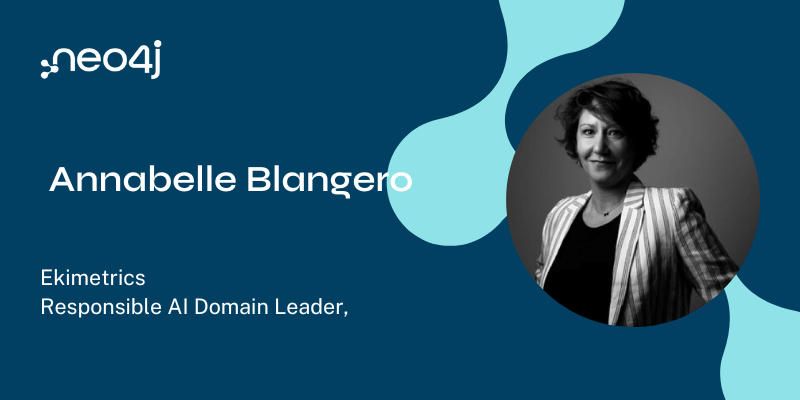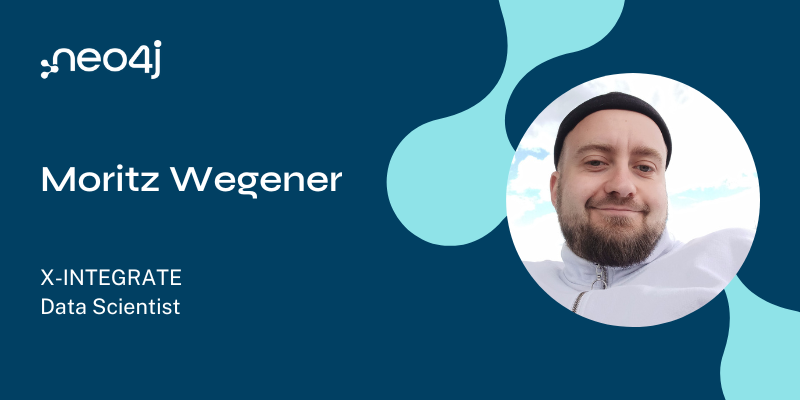This Week in Neo4j – Graphs, AI, and ML: Q&A with Alicia Frame, Finding prices with Neo4j, Building a Knowledge Graph
3 min read

This week Wolfgang Hoeck teaches us how to build a knowledge graph from scratch, and we have new releases of the Graph Algorithms Library.
Dr Alicia Frame is interviewed about Graphs, AI, and ML, Nathan Smith solves the market clearing price problem, and Chris Farrell released a tool for querying Bloodhound data.
Enjoy!
Cheers,
Mark Needham and the Developer Relations team
Featured Community Member: Arthur Namias de Crasto
Our featured community member this week is Arthur Namias de Crasto, a Netherlands-native graph-nerd who currently lives on the beautiful island of Curacao.

Arthur Namias de Crasto – This Week’s Featured Community Member
Arthur is a Neo4j Certified Developer who has been using Neo4j for a couple of years and has been gradually ramping up his community activity.
He’s participated in our Valentines Day / Visualization Day Neo4j contest, organized and presented (on anti-money-laundering and GDPR) at Global Graph Celebration Day, hosted a viewing party for the Neo4j Online Developer Expo & Summit (NODES 2019), and has been actively submitting himself to conferences around the world as part of our Neo4j Speaker Program
And that’s not where Arthur’s participation ends – he’s now working on a Neo4j hobby project for compliance around documents that are scanned, indexed, or pulled from the web. He just put a call out to the Neo4j community to find possible collaborators! Interested? Reach out to him directly on the Neo4j Community Site.
We’re so proud to have you as part of our community, Arthur! Thanks for spreading your knowledge and graph-thinking with the rest of our world!
NODES 2019: How to build a knowledge graph from scratch even if you are not really a full-blown developer
This week’s video from the NODES 2019 conference is Wolfgang Hoeck’s How to build a knowledge graph from scratch even if you are not really a full-blown developer.
In the talk, Wolfgang takes us through his journey building a cancer drug discovery knowledge graph using tools to capture, connect, store, quer,y and visualize a landscape of biotech/pharma companies.
Graph Algorithms Release: In-memory graph graph improvements
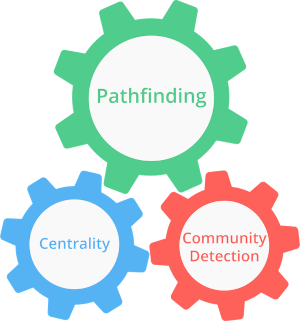
We’ve done several releases of the Graph Algorithms Library over the last month, focused mostly on improving the in-memory graph.
The library can now load multiple relationship types, as well as node and relationship properties. It also has improved error messages when loading multiple graphs with the same name, and you can no longer write to the database in Cypher projection queries.
GraphQLResolveInfo Deep Dive, Moving data from Neo4j in SSIS
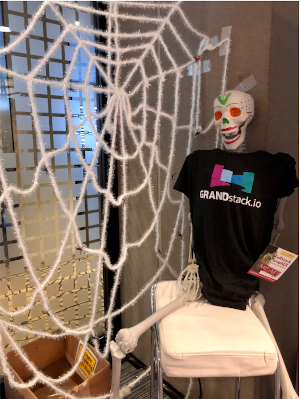
- Will Lyon shared the slides from his GraphQLSummit talk, GraphQLResolveInfo Deep Dive. In this talk Will shows that the GraphQL ResolveInfo object is not scary and can be used to build efficient database queries in GraphQL resolvers.
- In the latest post of Chris Skardon’s series on SSIS and Neo4j he shows how to move data between Neo4j databases using SSIS..
- Chris Farrell released cypheroth, an automated, extensible toolset that runs Cypher queries against Bloodhound’s Neo4j backend and saves output to spreadsheets. BloodHound is a tool for exploring Active Directory Domain Security and PowerBI is Microsoft’s business analytics service.
On Graphs, AI, and ML: Q&A with Alicia Frame

Dr Alicia Frame, Senior Data Scientist at Neo4j, was interviewed on Graphs, AI, and ML in the latest ODBMS.org interview.
Alicia shares her favourite Graph ML talks from the recent NODES conference, explains how graphs relate to AI and ML, and explains how to use ML to build a knowledge graph.
A market for matches: Finding prices with Neo4j
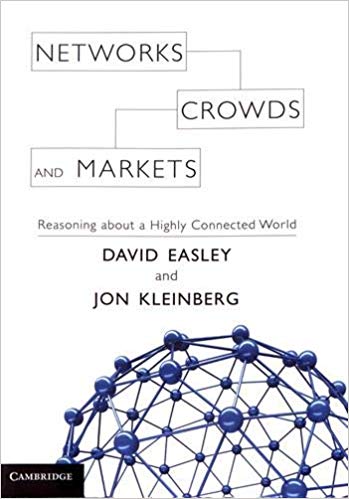
Nathan Smith continues to use Neo4j to explore the concepts in the Networks, Crowds and Markets book.
In his latest blog post, Nathan builds on the student dorm room problem, implementing an algorithm that finds the market clearing price in an auction.
Tweet of the Week
My favourite tweet this week was by Clifford Anderson:
Just wrapped up a wonderful day talking with faculty and students at @bereacollege about using graphs, @neo4j, and Cypher for digital humanities projects
— Clifford Anderson (@andersoncliffb) October 30, 2019




